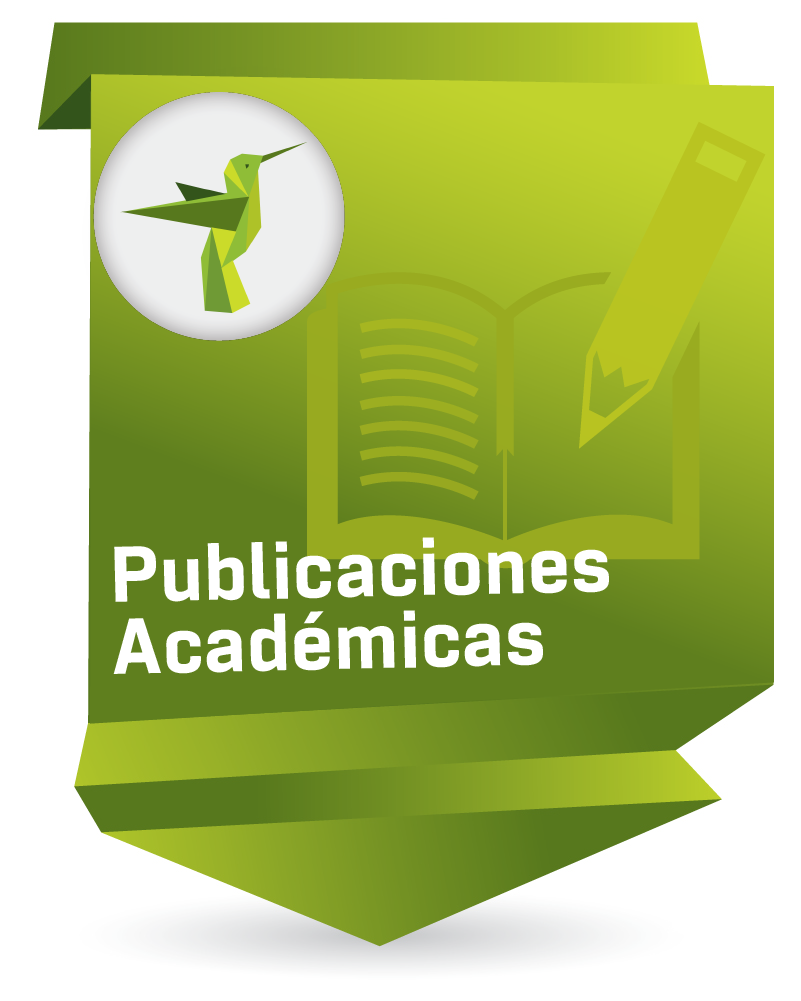Percepción materna del peso del hijo, problemas del estilo de vida y autoeficacia para manejarlos

Enlaces del Item
URI: http://hdl.handle.net/10818/47916Visitar enlace: https://aquichan.unisabana.edu ...
ISSN: 1657-5997
DOI: 10.5294/aqui.2021.21.2.8
Compartir
Estadísticas
Ver as estatísticas de usoCatalogación bibliográfica
Apresentar o registro completoData
6/25/2021Resumo
Objectives: To associate the maternal perception of the child’s weight (MPCW) and the child’s nutritional status. To describe child’s lifestyle behavior problems (CLBPs) and maternal self-efficacy (SE) to deal with them, as well as to verify differences according to chil-dren with and without overweight-obesity (OW-OB) and MPCW. Material and methods: There was participation of 274 dyads (mother-preschool child). MPCW was assessed through words and images. The mothers answered the Lifestyle Behaviour Checklist. The child’s weight and height were measured. Results: 18.8 % (n = 13) of the mothers of children with OW-OB and 78.8 % (n = 160) of the mothers of children without OW-OB obtained adequate MPCW values through words (X2 = 77.759; DoF = 1; p < .001). It was identified that the mothers of children with OW-OB reported more CLBPs and less SE. When the child’s OW-OB is perceived through words, there are more CLBPs (F = 17.041; p = .001) and less SE (U = 1,118; p = .015). Conclusions: Inadequate MPCW was predominant in mothers of chil-dren with OW-OB. When OW-OB is perceived, there are more CLBPs and fewer SE. It is recommended to promote adequate MPCW, parti-cularly in mothers of children with OW-OB. Images assist in the identification of the child’s OW-OB more than to classify it into a category. Objetivos: asociar la percepción materna del peso del hijo (PMPH) y estado nutricional del hijo. Describir problemas conductuales del estilo de vida del hijo (PCEV) y autoeficacia materna (AE) para manejarlos, verificar diferencias conforme a con y sin sobrepeso-obesidad (SP-OB) del hijo y PMPH._x000D_
_x000D_
Material y métodos: participaron 274 diadas (madre-hijo preescolar). La PMPH se evalúo por palabras e imágenes. Las madres contestaron la Lista de Verificación de Conductas del Estilo de Vida. Se midió peso y talla del hijo._x000D_
_x000D_
Resultados: 18.8 % (n = 13) madres de hijos con SP-OB y 78.8 % (n = 160) madres de hijos sin SP-OB tuvieron PMPH adecuada por palabras (X2 = 77.759, gl = 1, p < .001). Las madres de hijos con SP-OB tuvieron que manejar más baja AE y más PCEV. Cuando las madres perciben el SP-OB del hijo por palabras, tienen menor AE (U = 1118, p = .015) y más PCEV (F = 17.041, p = .001)._x000D_
_x000D_
Conclusiones: Predominó PMPH no adecuada en madres de hijos con SP-OB. Cuando se percibe el SP-OB, más PCEV y menor AE. Se recomienda promover PMPH adecuada particularmente en madres de hijos con SP-OB. Las imágenes ayudan a reconocer el SP-OB del hijo más que a clasificarlo en una categoría.
Ubicación
Aquichan, 21(2), e2128

















